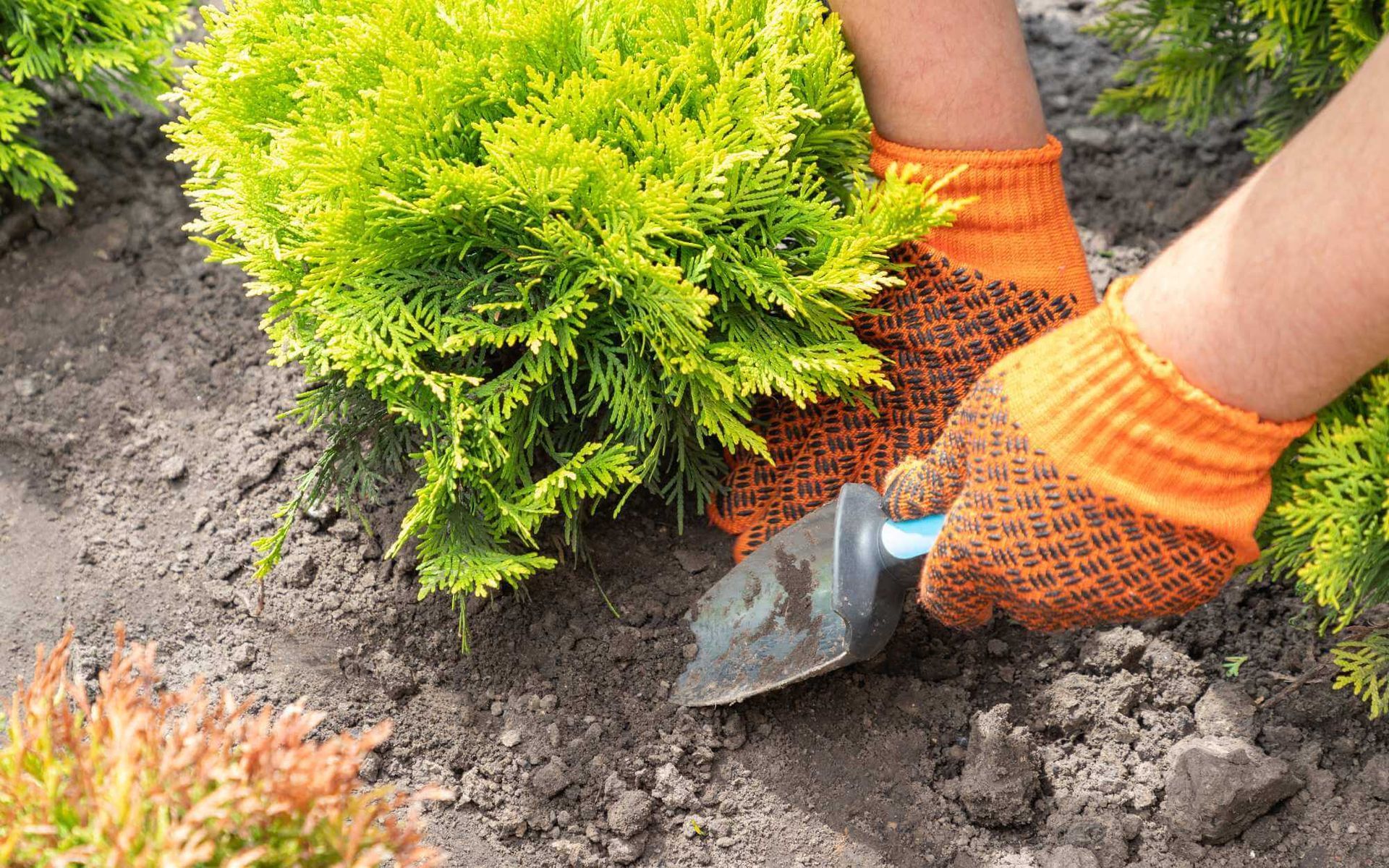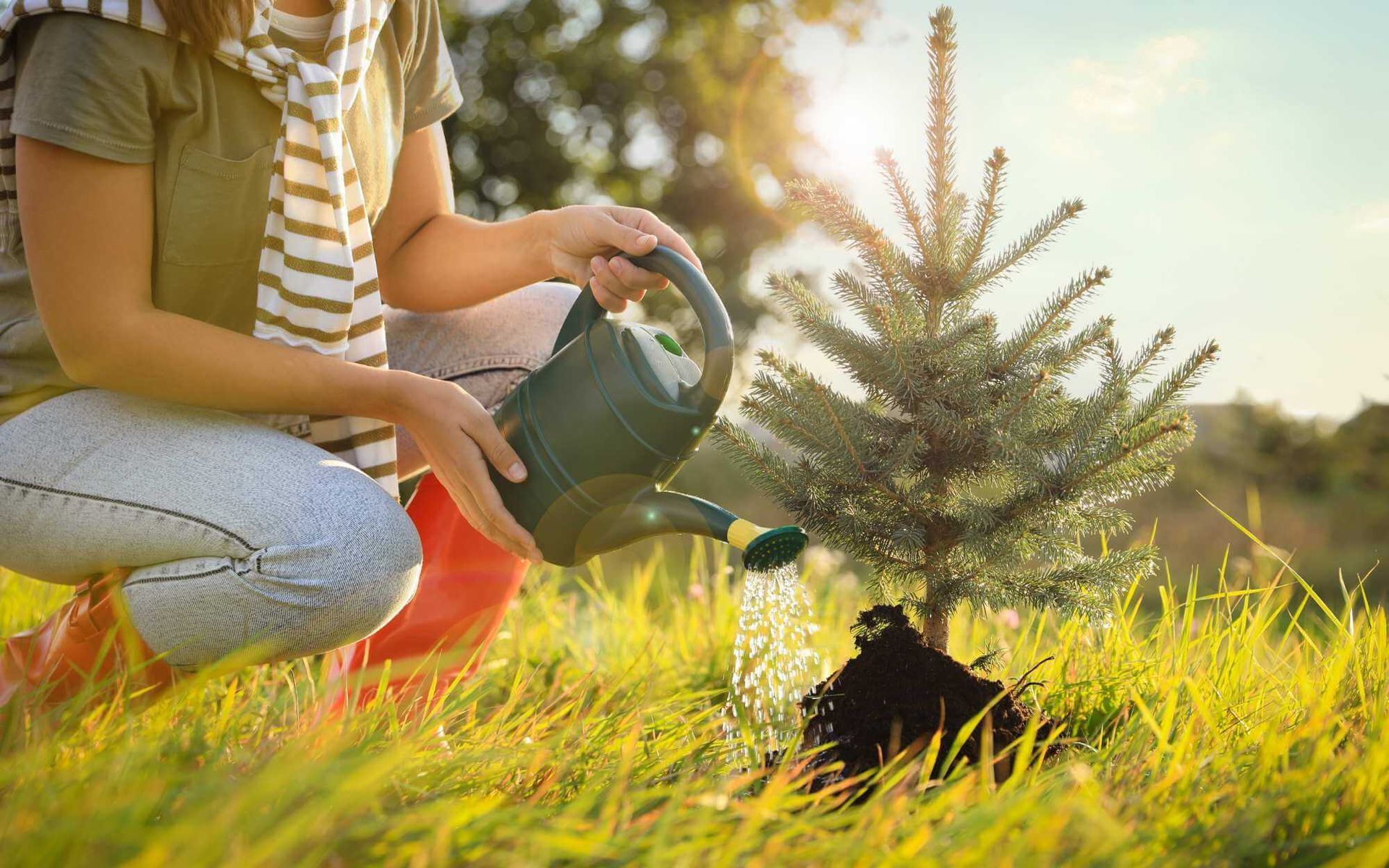Real Tree Team
Arborist, Tree Service and Tree Removal Services
License #: FL-10250A
CALL FOR A FREE QUOTE!
Effective Methods for Transplanting Trees and Shrubs
PUBLISHED ON
SHARE THIS ARTICLE

Trees and shrubs are not just ornamental elements of our landscapes. They're vital components of our ecosystem and contribute significantly to our well-being. However, there are moments when these steadfast guardians of the green realm need to be relocated.
Whether due to landscaping redesign, construction projects, or preservation efforts, transplanting trees and shrubs is a delicate process that requires skill and understanding. An effective transplantation method ensures the survival and continued growth of these plants, minimizing shock to their systems and preserving the balance of our environment.
Today, we'll explore the critical techniques and considerations necessary to successfully give our leafy friends new homes without compromising their vitality.
The Transplanting Process
Before initiating the transplanting process, careful consideration must be given to the health and condition of the established tree or shrub. It's crucial to ensure that it's free from disease and pest infestations to prevent the spread and maximize the chances of successful re-establishment.
An assessment of the structure of the tree roots and the extent of the root ball necessary for excavation will inform the preparation and scale of the move.
Timing is also of the essence; the best time to move a tree is generally during the dormant season, typically in early spring or late fall, which allows the plant trees to settle in their new location with minimal stress and encourages new root growth in preparation for the active growing seasons.
Preparing for Transplanting

To ensure a successful transplant, gathering the right tools and materials is critical. One will need a spade or shovel, a pruning saw, loppers, and burlap or tarp for transporting the root ball. Additionally, a wheelbarrow may help move soil and the plant itself.
When digging the new planting hole, the diameter should be twice as wide as the root ball and just as deep to encourage root expansion and facilitate easy placement.
Pruning dead or excess branches reduces transplant shock, allowing the tree or shrub to focus on re-establishing its root system. Carefully trimming circling roots promotes healthy growth and prevents future girdling.
Proper root preparation means ensuring the roots are sufficiently watered before the move to maintain hydration.
Transplanting Techniques
To successfully move the tree or shrub, follow these simple steps:
Removing the Tree or Shrub
Carefully digging around the tree ensures an intact root ball. Slice through the soil with precision to minimally disrupt the roots and preserve their health.
Transporting to the New Location
Once uprooted, wrap the root ball in burlap and gently transport using a tarp or wheelbarrow. Avoid tilting to protect the structural integrity of the plant.
Proper Placement and Alignment
In the new location, carefully transplant a tree and position it at the same depth it was originally. Ensure it's upright for optimal growth and stabilization. Refill soil carefully, avoiding air pockets. Water thoroughly.
Post-Transplant Care

Post-transplant care is vital for survival and growth.
Watering should be deep and slow, allowing moisture to reach the root zone. An irrigation system like drip lines can provide consistent moisture without oversaturation.
Mulching conserves water, regulates soil temperature, and suppresses weeds. Apply a 2-3 inch layer of mulch (organic) around the base, avoiding contact with the trunk to prevent rot.
Pests and diseases can threaten stressed plants, so regular inspections and, if necessary, the use of eco-friendly pesticides are important.
Give the tree or shrub time to acclimate, carefully monitoring its progress and adjusting care as needed to support its full recovery and thrive in its new environment.
Troubleshooting Common Challenges
Every transplant, regardless of the size of the tree, comes with its unique challenges. Some common issues include soil conditions, root damage, and pests. Understanding these difficulties equips you to overcome them.
Transplant shock can leave trees visibly stressed and vulnerable. Symptoms often include leaf wilting, yellowing, and slowed growth. To mitigate this stress, maintain consistent soil moisture, provide shade to reduce heat, and avoid fertilizing until there is new growth, indicating recovery.
Root damage can significantly jeopardize the success of transplantation. If roots are cut or broken, it's crucial to trim them cleanly to encourage healing. Ensuring the appropriate size of the dug root ball and gentle handling during the move can minimize such damage.
Sometimes, transplantation challenges surpass the expertise of home gardeners. Seeking professional help is advisable when unsure about the root ball size, proper pruning, or when dealing with large trees and shrubs to ensure their survival and prevent property damage.
Transplanting Trees with Care
Mastering the art of tree and shrub transplantation is crucial for ensuring their survival and promoting a lush, thriving landscape. Understanding the necessary techniques and timing helps you minimize transplant shock and your green companions adjust smoothly to their new surroundings.
However, if the task seems daunting, don't hesitate to call in our
tree service professionals who can guarantee the safety and health of your plants during their relocation.
Want a free quote or some friendly advice? Call our team today:
More Posts From The Real Tree Blog:
ISA Certified Arborists. Licensed, Insured and Bonded.
Providing the Highest Quality Tree Services to South Florida since 1993.
FOLLOW US ON :
Contact Details
BROWARD & PALM BEACH COUNTIES
Site Links

LGBTQ+ Friendly

ISA Certified Arborist®
FL-10250A
| Real Tree Trimming & Landscaping, Inc



